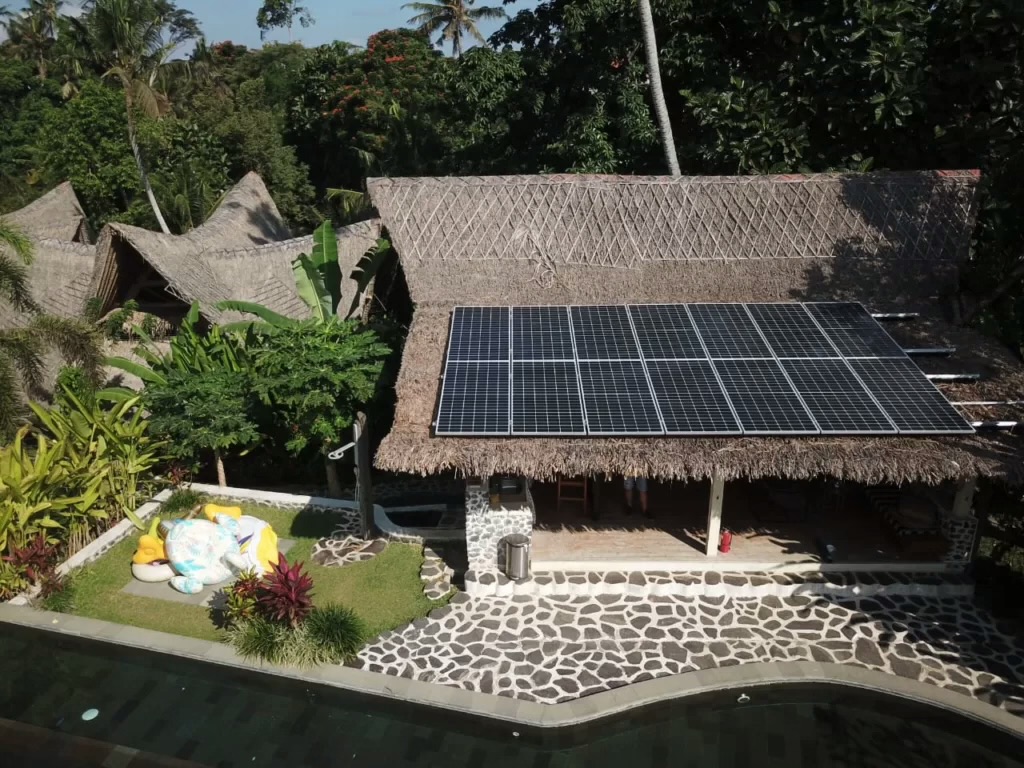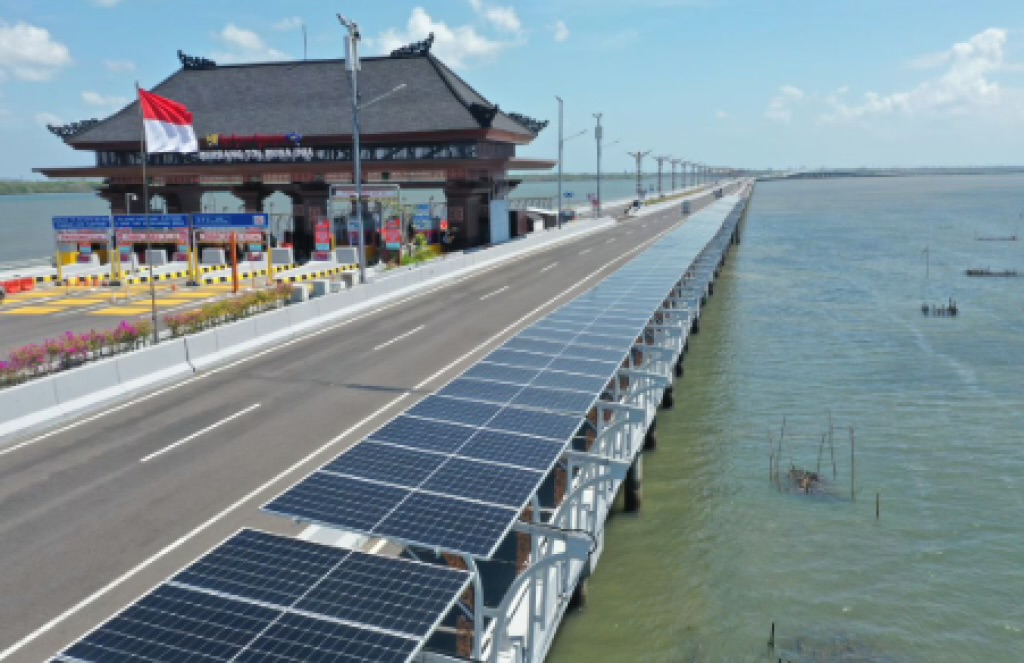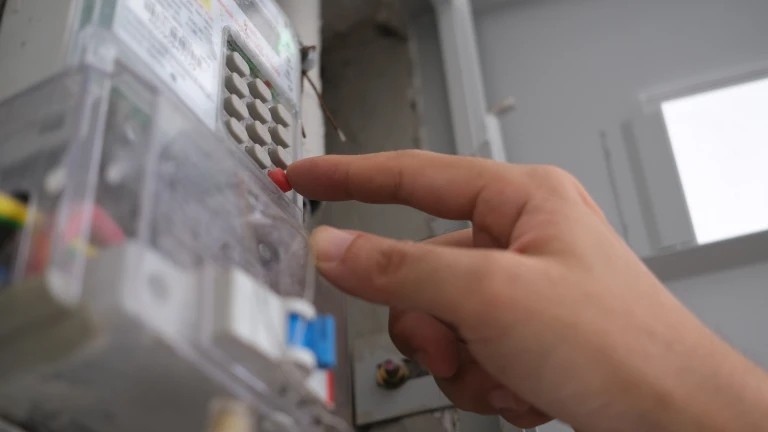
The government of Bali province is firmly committed to using environmentally friendly power plants. Their goal is to achieve energy independence and build a sustainable ecosystem on the “Island of the Gods.”
Bali Governor Wayan Koster believes that only eco-friendly power plants should be built. He also aims to reduce Bali’s dependence on electricity supplies from other provinces. Currently, a significant portion of Bali’s electricity comes from the PLTU Paiton power plant, located in East Java.
Bali’s electricity supply is also supported by several local power plants, including:
• PLTU Celukan Bawang (380 MW)
• PLTG Pesanggaran (200 MW)
• PLTD Pesanggaran (299 MW)
• PLTGU Pemaron (97.6 MW)
• PLTG Gilimanuk (130 MW)
• PLTD Kutampi (11.7 MW)
The idea of clean energy power plants is promising, but building them presents challenges—it is a complex and costly process.
Several types of clean power plants are being considered, some of which are already in development. Small-scale solar power plants (PLTS) have been introduced in government buildings and private homes across Bali for several years.
However, PLN (the Indonesian state electricity company) has stated that large-scale solar power plants require vast amounts of land, which is scarce in Bali. On average, one hectare of land can generate only 1 MW of electricity.
According to PLN Senior Manager for Power Distribution, Putu Eka Astawa, even if solar panels were installed on every rooftop in Bali, they would generate only 100 MW of electricity, covering just 10% of the island’s total energy needs.
Eka also announced that in 2025, following the governor’s directive, solar panels will be installed on government buildings. The initial phase is expected to produce 19–20 MW of clean energy.

Bali is also developing small hydropower plants (PLTMH) at dam sites, such as:
• Titab Dam, with a capacity of only 20 kW
• Muara Panji mini-hydropower plant in Buleleng, generating 2.3 MW
Additionally, the government previously proposed constructing a geothermal power plant (PLTP) in Bedugul, Tabanan. The Ministry of Energy and Mineral Resources estimated that the area has a geothermal energy potential of 225 MW. However, the project was suspended due to concerns from local residents about potential impacts on water quality. In 2015, then-Governor I Made Mangku Pastika refused to approve the project for unclear reasons.
A New Green Vision for Bali
Now, the situation has changed—the current governor is determined to keep Bali a green island for the long term. If transportation can also transition to hydrogen or electric energy, Bali could truly experience a new, cleaner era.
Sources: balibisnis, wahana


You can add one right now!